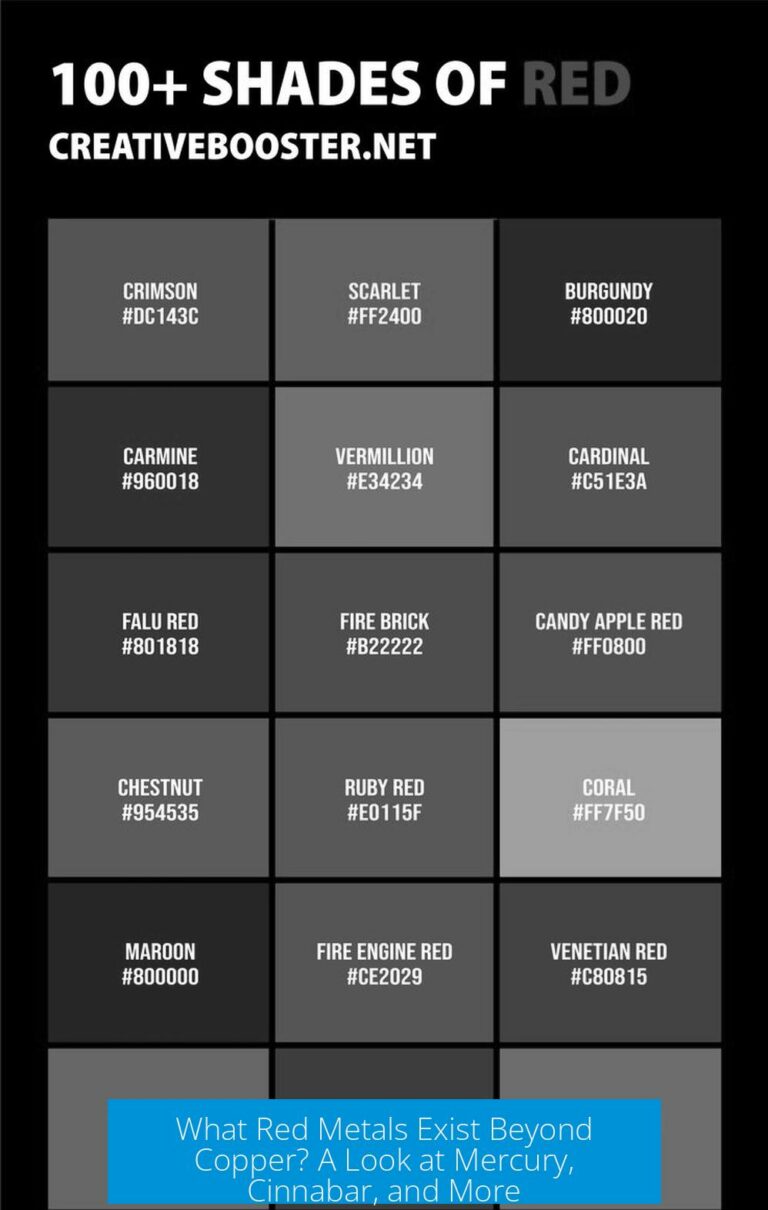TLC Staining: Effective Methods for Visualization
TLC staining involves applying chemical reagents to thin-layer chromatography plates to detect compounds that are otherwise invisible under UV light. Several staining techniques work well for various classes of compounds, with specific methods preferred for carbohydrates, lipids, and other organic molecules.
Common Staining Reagents
- Cerium Molybdate Stain: Useful in carbohydrate chemistry, ceric ammonium molybdate reacts on heating to produce a blue color. It requires careful heating to avoid turning the stain into a burnt solid. This stain acts as a solid backup when sulfuric acid methods are insufficient.
- Sulfuric Acid Stains: Concentrated or dilute sulfuric acid solutions in alcohol (commonly 5% H2SO4 in ethanol or methanol) are reliable for carbohydrates and many organic compounds. Spraying the plate with 4:1 methanolic sulfuric acid followed by gentle heating chars compounds into visible dark spots. Pure aqueous sulfuric acid is less effective due to difficulty in charring with the added water.
- Anisaldehyde Stain: A mixture of anisaldehyde, concentrated sulfuric acid, and ethanol provides effective staining for certain organic compounds. It works well on sugars and other polar molecules and can complement other methods like potassium permanganate.
- Phosphomolybdic Acid (PMA): Offers sensitivity for dilute samples. This stain produces colored spots without excessive heating and is good when sample amounts are low.
- Potassium Permanganate (KMnO4): KMnO4 efficiently oxidizes many organic compounds to give colored spots. It is commonly used alongside anisaldehyde for a broad range of molecules.
- Iodine Staining: Iodine vapor transiently marks spots by adsorption. It is quick but temporary, with stains fading upon exposure to air.
- Other Stains: 2,4-Dinitrophenylhydrazine stains carbonyl compounds well. Vanillin stain is less commonly used but may be explored based on compound type.
Practical Considerations
- Glass TLC plates are preferable for heating procedures.
- Use a spray bottle for uniform application of staining reagents.
- Monitoring the plate during heating is crucial, as overexposure can burn the stain and obscure results.
- Increasing the amount of spotted material can improve detection, especially if staining is weak.
- Avoid aqueous sulfuric acid sprays if heating and charring are necessary, due to water content.
Summary of Key Points
- Cerium molybdate works well but requires careful heating.
- 5% sulfuric acid in ethanol or methanol reliably stains carbohydrates.
- Anisaldehyde and KMnO4 are complementary stains for many organics.
- Phosphomolybdic acid is ideal for dilute samples.
- Iodine vapor staining is quick but temporary.
- Heating and monitoring are critical for good visualization without overburning.
What are the best stains for visualizing carbohydrates on TLC plates?
5% sulfuric acid in ethanol or methanolic sulfuric acid works well for carbohydrates. Cerium molybdate and phosphomolybdic acid also stain carbs effectively, especially for dilute samples. Anisaldehyde stain can be used too.
How should I handle heating when using cerium molybdate stain on TLC?
Monitor the plate closely while heating. The stain changes quickly and can go from an ideal blue to a burnt solid in seconds. Careful timing is key to avoid overburning the spot.
Is aqueous sulfuric acid (H2SO4) suitable for TLC staining?
No. Aqueous H2SO4 is difficult to use because the water prevents proper charring. Using ethanolic or methanolic H2SO4 is more effective for staining.
Can iodine be used for TLC staining, and how reliable is it?
Iodine crystals can stain plates in 30 seconds to 15 minutes. However, the stains fade quickly in air, making it less reliable for long-term visualization.
What staining method is recommended for very dilute TLC samples?
Phosphomolybdic acid (PMA) stain is preferred for dilute samples. It provides clear visibility compared to sulfuric acid stains, which may struggle to detect low concentrations.





Leave a Comment